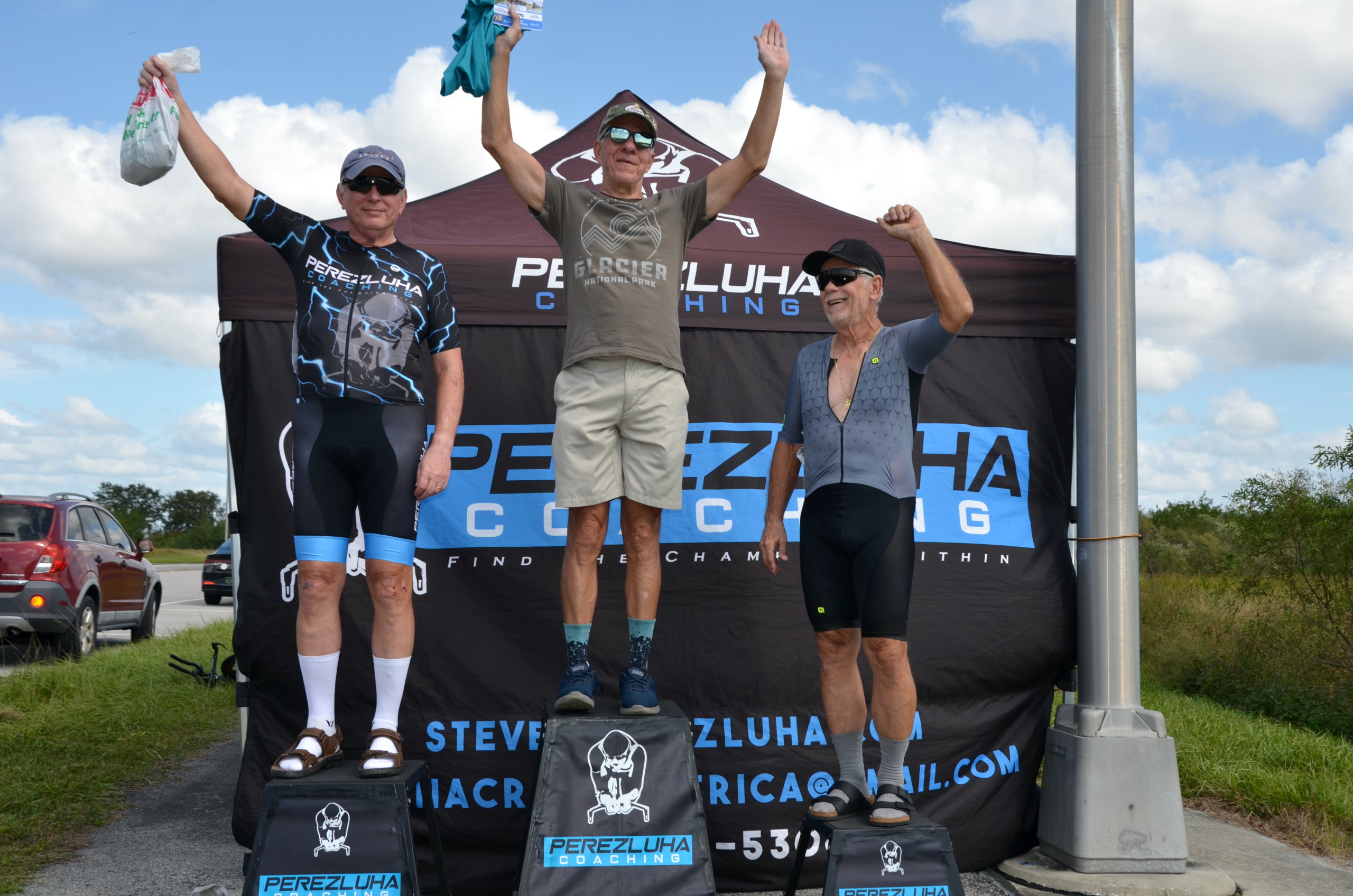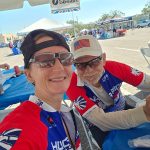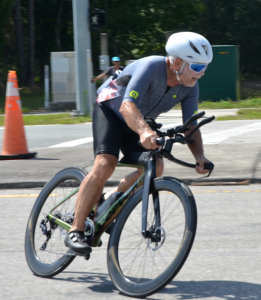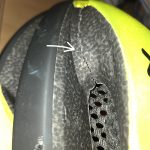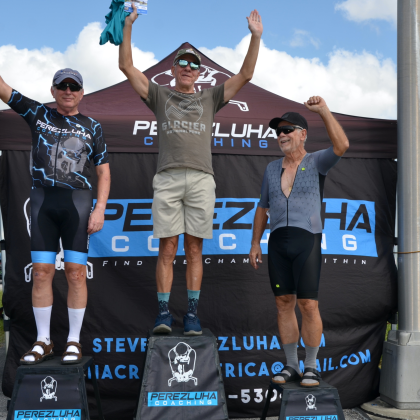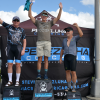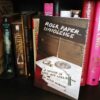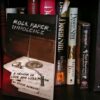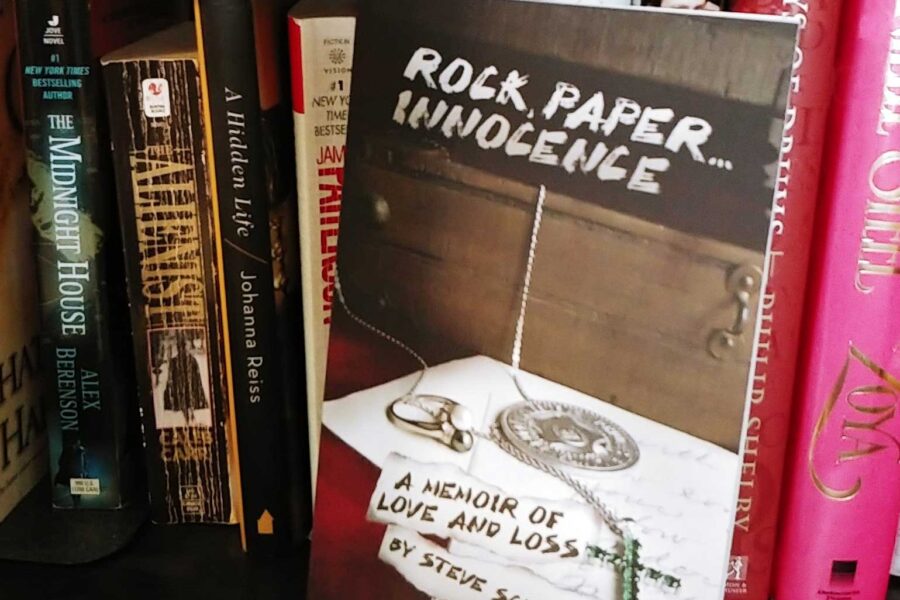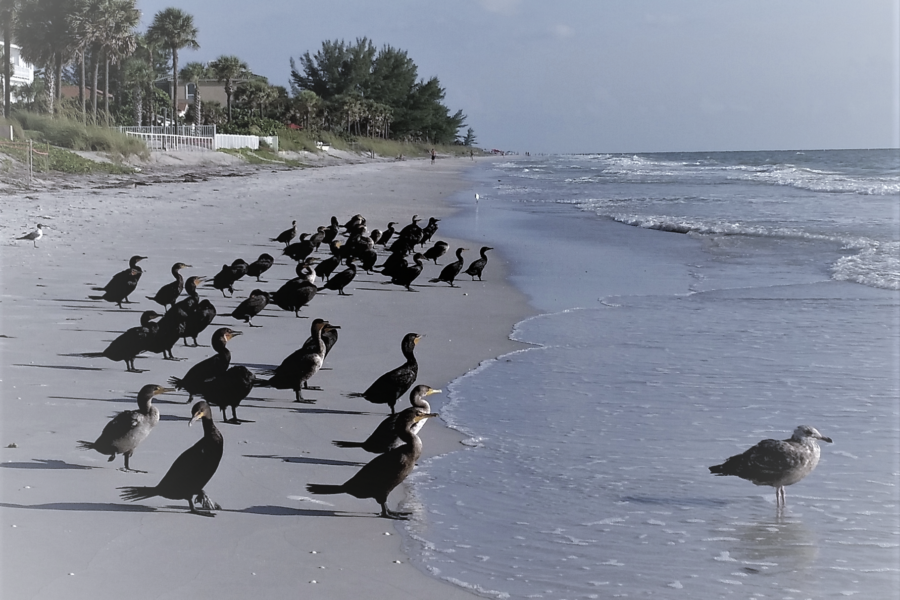I argue, not if, but when.
I ride more than the average bicyclist, averaging 6000 miles per year. Given my age, 76, and the number of years I’ve ridden, not many have this much in-the-saddle experience. That amount of time on the bike provides insight and expertise into the possibilities and opportunities that can happen, good and bad. And I never ride without a helmet.
Admittedly, my riding style may be more aggressive than most since I raced during my younger years. Racing elbow to elbow in tight packs of 20 or more riders increases your confidence, possibly to overconfidence. This may affect my chances of falling/crashing, but experience is the best teacher, and I’m hyper-aware of most situations that can lead to an accident. Plus, my bike handling skills are better-than-average. Even with great caution, accidents may be unavoidable. Over the previous 2 years, I have had one near crash and one serious crash. The crash that never happened happened on the Pinellas Trail in Florida.
One Saturday, Lisa and I went for our usual bike ride on the Pinellas Trail. It was midmorning and the beginning of a warm summer day. We had ridden about 20 miles and turned around to finish a 40-mile ride. We were riding at a pretty good clip. Lisa is a strong rider who has no trouble keeping a 17—to 18-mph pace. We passed many of the more casual riders along the trail.
We were slowly gaining on a solo rider. As we got closer, we increased our speed to go around him. When we started to pass, I shouted to him that we were passing and that he was riding at a nice pace. He nodded and acknowledged with a thank you. He picked up his speed to match ours, and we began chatting while riding three abreast.
The sun was bright, and the weather was fair, with strong shadows cast along the tree-lined areas, creating a striking contrast between the bright sunshine and dark shadows. We dropped our speed to a conversational pace. When we passed through the heavily treed areas, shadows darkened the trail. About 15 or 20 feet into the shadows, eyes not adjusted to the light difference, someone had laid a 15-foot metal signpost directly across the middle of the trail. We didn’t see it until the last second. Its grayish color blended into the asphalt so well that it was nearly invisible until we were right on it.
Lisa spotted it first. She was on my left, I was in the middle, and our fellow rider was on my right. He managed to swing wide and go around it. I jerked my front wheel off the ground enough to lessen the impact, but my rear tire hit it directly. Lisa hit it straight on but didn’t panic or lose control. We stopped to inspect the damage; luckily, there was none. I looked around to see who was watching and waiting for someone to crash. I didn’t see anyone nearby. I picked up the signpost and moved it safely to a grassy area well off the trail.
Certain circumstances often put riders in danger, and too many distractions can arise; even conversations can lead to distractions. This is why it’s crucial to always be cautious and alert, especially when riding in potentially hazardous conditions.
We don’t like to think about it, but some want to harm riders. And kids often pull pranks without considering the consequences of their actions, which brings me to the point of this chapter. Riding can be dangerous. Wearing a helmet may not prevent accidents but mitigates damage from head injuries. I don’t know how to say this more strongly. Safety is our responsibility. Helmets are necessary for safety, just as seatbelts in a car. Accidents are called accidents for good reasons, and there may be a time when you find yourself in an unavoidable situation. Even though we were moving at a low speed of around 15 to 16 mph, this accident could have been devastating. Falls, even at low speed, can put you in the hospital. Head injuries can lead to lifetime consequences, and it’s important to understand the gravity of these potential outcomes.
Let me share another story that underscores the unpredictability of accidents.
I was on my Cervelo P-5 time trial bike, experimenting with a new front wheel setup I had recently bought. I was testing performance and handling with differing tire pressures. I started with the maximum recommended pressure, intending to lower it until I found the sweet spot. I chose Gulf Blvd on Clearwater Beach for this particular training ride. There is a 3-mile stretch of roadway between the Sand Key Bridge and the Belleair Bridge. The bike lane is decent, and the vehicle traffic is usually minimal, with a posted speed limit of 35 mph. Until recently, I had avoided the area due to Hurricane Milton, as debris was still on or near the roadway. Many workers were in the area, cleaning up after the storm. Daily rain left behind random puddles in low-lying areas and gutters, but nothing significant. This would be my first training ride in two weeks since Milton pushed through, leaving a lot of property damage and disruption. I was excited to get back to a consistent training schedule.
Gulf Blvd is about 4 miles from my house. If the traffic doesn’t slow me down, it takes about 15 minutes to get there. That’s at my warmup pace. Once on Gulf Blvd. I picked up my speed and did some hard accelerations down the northbound bike lane for the first 3-mile stretch. I didn’t focus much on my speed but zoned in on my power output and heart rate. A custom screen on my Garmin 1050 displays four key bits of information. Heart rate, Power (in watts), cadence, and speed. I slowed as I approached the turnaround near the Sand Key bridge. Often, I go through Sand Key Park if I need recovery time, but I was feeling strong. Waiting for a break in the traffic, I looped across the highway and headed back south, pushing myself up to a threshold tempo.
The wind was light from the west, and the road was mostly dry. Around the two-mile mark, I began accelerating to my race pace. My heart rate was near 160, and my speed ranged from 23 to 25 mph. That’s when I noticed a vibration coming from my front wheel. Almost a wobble. Either my front wheel was the problem, or the higher tire pressure amplified the road conditions. After passing a few driveways connecting to the sidewalk, I decided to run up one of them to see if there was a notable difference on a smoother surface. It was a huge mistake.
I angled up the driveway and instantly lost control, crashing with full-body contact. I slid across the concrete about 10 feet before skidding to a stop. My head was spinning from the impact. My leg was gashed, and blood pooled on the concrete. Too stunned to move, I lay there for what I thought were only seconds. A man rushed up. All I could see were his shoes until he bent down. He had a cell phone in his hand.
He asked if I was okay. I responded with a weak “I think so.”
He disagreed and dialed 911. He told me he was driving behind me when I crashed.
My brain was starting to clear, but I had no idea what had happened. I was still clipped to the bike pedals. I unclipped, moved to the grassy median, and began noticing other issues. My gloved hand and elbow were bleeding. The side of my right shoe was gashed open. I took my helmet off. It was cracked in two places.
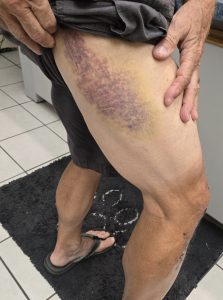
Bruised but not broken
The driver said it was a nasty fall, and what caused the crash was a puddle of water in the gutter. It was coated with green slime. Minutes later, an ambulance arrived. They checked my vitals, then offered me a ride to the nearest hospital. Possible broken ribs or concussion.
I told them I was well enough to ride and would go to a walk-in clinic. I got home safely. Even though I was severely bruised, I decided not to go to the clinic. Twelve days later, I was coughing up blood. I had pneumonia. This was going to be a long recovery.
Experience is the best teacher, but wisdom is learning from others’ experiences. I was thankful for wearing a helmet. Be safe, ride safely, wear a helmet.

